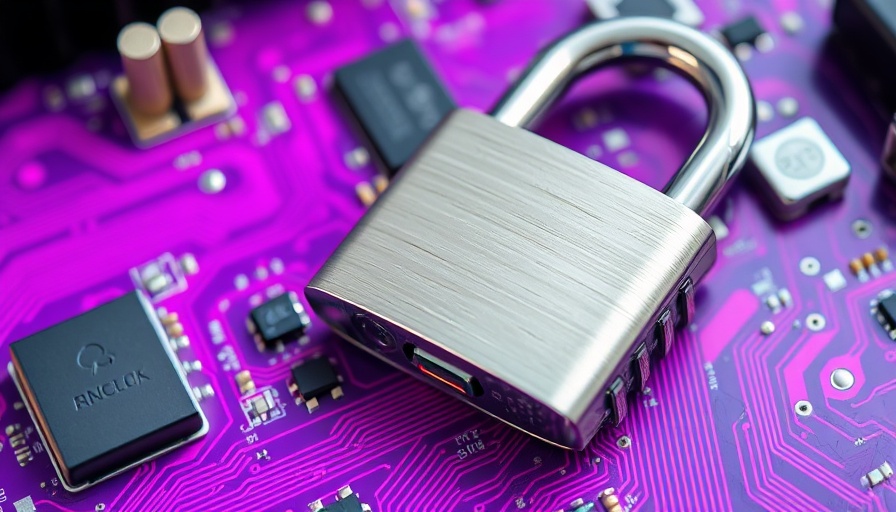
Deepfakes: The Scourge of the Digital Age
The rapid evolution of artificial intelligence has brought about groundbreaking advancements, but it has also birthed new challenges. Among the most pressing is the rise of deepfake technology, which combines AI with digital content to create surprisingly realistic fakes of videos, audio, and images. What seems like a source of entertainment can quickly turn into a nightmare for businesses, especially when scammers exploit this technology to steal millions.
Escalating Financial Threats
According to a report by Deloitte, AI fraud losses are expected to reach $40 billion in the United States by 2027. This statistic paints a stark picture of the impending crisis businesses face as deepfakes become increasingly sophisticated. High-profile scams underline the severity of the issue, with incidents involving impersonated executives leading to significant financial losses.
The Rise of the Deepfake Detection Market
In response to the deepfake dilemma, a new industry is emerging—deepfake detection. Startups are at the forefront of developing technologies designed to identify fake videos and audio clips. These tools aim to provide businesses with the necessary resources to safeguard themselves against potential scams. However, the challenge remains that with every detection tool devised, scammers can learn how to bypass these defenses, prompting a perpetual game of cat and mouse.
Entrepreneurs Stepping Up to the Plate
The urgency to address the challenge of deepfakes has prompted a flurry of entrepreneurial activity. Startups that focus exclusively on deepfake detection offer the agility to innovate rapidly as larger corporations often remain bogged down by bureaucracy. Leaders in this space, such as Ankita Mittal from The Insight Partners, are optimistic about the rapid growth of this sector, highlighting the potential for significant innovation.
Taking Action Against Fraud in the Workplace
For CEOs and CFOs, understanding the mechanisms of deepfake technology is essential. Implementing stringent verification processes, conducting regular training sessions for employees on fraud recognition, and staying informed about the latest AI trends can form the first line of defense against these sophisticated scams. Companies should also consider investing in deepfake detection solutions, which could serve as additional shields against potential attacks.
Conclusion: The Call for Vigilance
As we navigate this complex digital landscape, the conversation about deepfakes is more relevant than ever. The sophisticated nature of these threats requires all businesses to adapt and enhance their security measures. Taking proactive steps today can safeguard operations and financial integrity tomorrow. Engage with tools and technologies that can help detect deepfakes and make your workplace safer.
 Add Row
Add Row  Add
Add 



Write A Comment